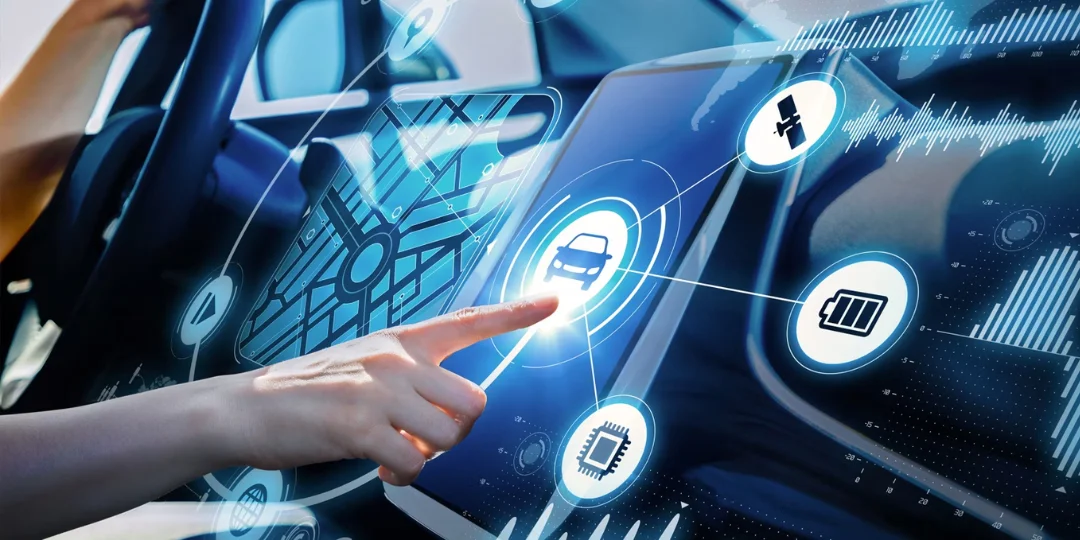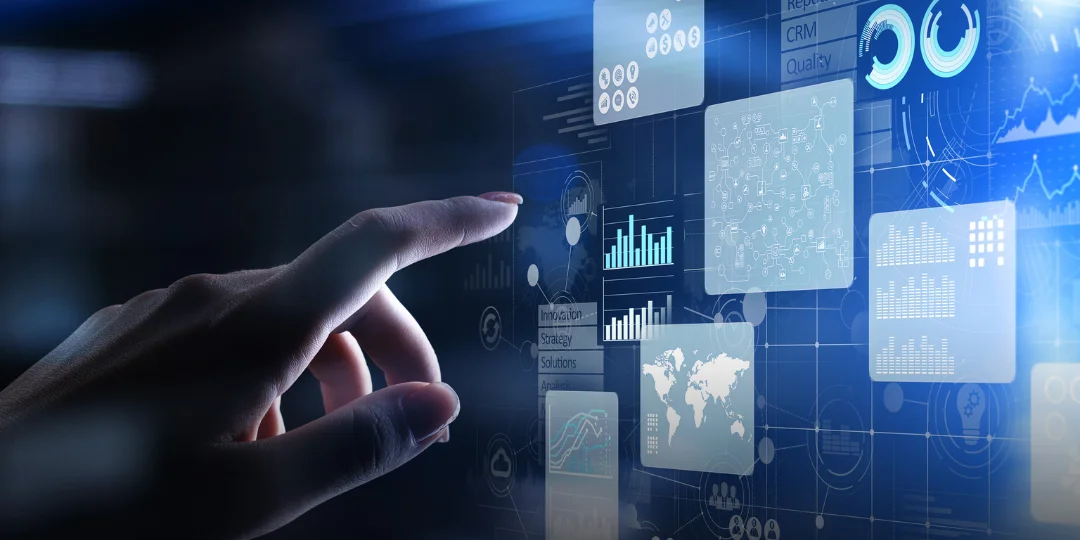In today’s rapidly evolving automotive industry, software plays a pivotal role in shaping the future of transportation. From autonomous vehicles to advanced driver assistance systems, automotive software development has become the driving force behind innovation.
Recently, artificial intelligence has emerged as a game-changer, and its impact is felt across various industries. One domain where AI is making significant strides is in software development.
In today’s fast-changing world, knowing what lies ahead for the financial industry is incredibly important for businesses, investors, and regular folks. This article takes a closer look at the changing world of finance. We’ll explore the big changes, cool trends, and exciting new ideas that are shaping how we handle money.
In today’s rapidly evolving financial landscape, choosing the right fintech development company is paramount. The financial industry is undergoing a profound transformation, driven by technological innovations.
In today’s fast-paced business landscape, having the right IT system can make or break your success. Custom software development has emerged as a critical component in ensuring a competitive edge.
As the digital transformation continues to reshape industries, businesses are increasingly turning to online solutions, with Software as a Service (SaaS) emerging as a leading and highly praised business model. SaaS has proven to be a game-changer, delivering significant returns on investment for both companies and their users.
Mobile app development is a dynamic field, and selecting the right software can make all the difference. In this article, we’ll explore some of the top app development software options available today, highlighting their key features and benefits.
The landscape of no code app development is rapidly evolving, and one of the most significant changes is the rise of no-code app builder software. These platforms empower individuals, from complete beginners to seasoned professionals, to create powerful applications without the need for traditional coding.
The emergence of low code platforms has brought about a paradigm shift, offering businesses and developers a more efficient and less intricate route to materializing their ideas into functional applications.
In the dynamic world of software development, technological breakthroughs often redefine the way we create and deploy applications. One such groundbreaking innovation is the integration of Artificial Intelligence into the software engineering landscape.












